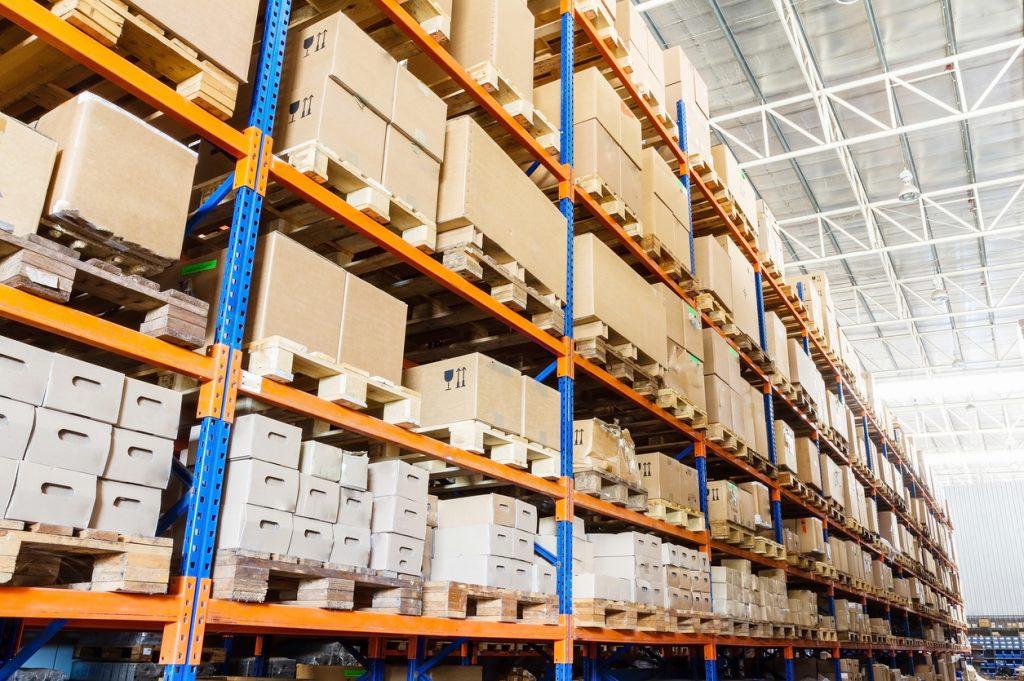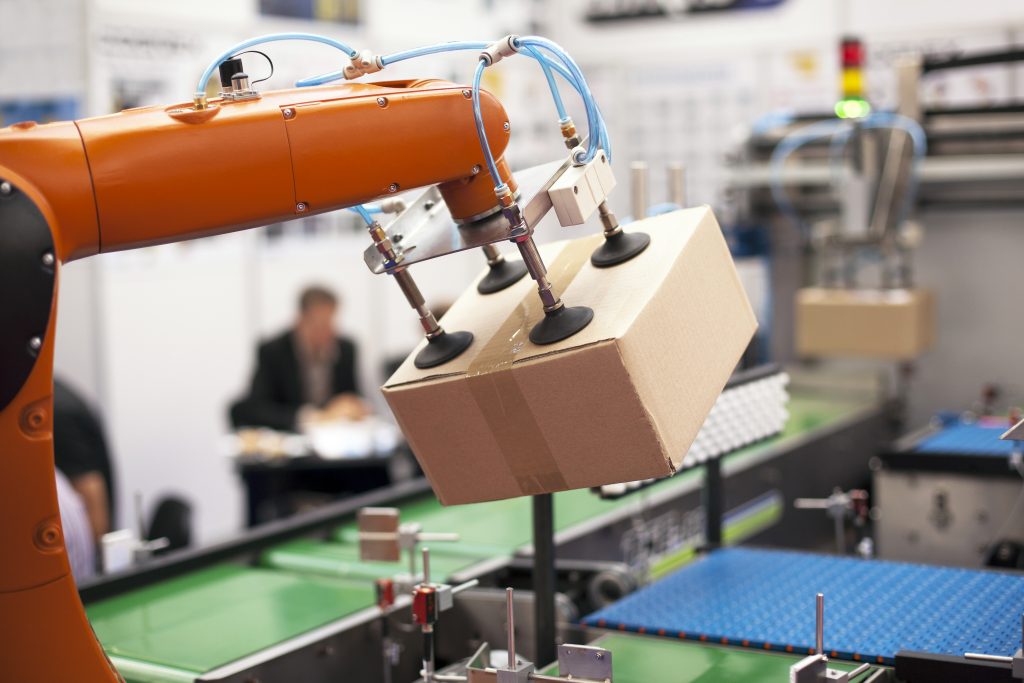Changes in consumer behaviour and the ever-altering dynamics of the retail and e-commerce sector has caused big changes in the supply chain industry. Warehouse managers are under constant pressure to ensure that their supply chain is as efficient as possible to meet the ever-growing demands of consumers.

As the market changes year on year, supply chains fight to keep up and adapt. Here’s an overview of the technological innovations that have been introduced into the warehouse supply chain.
What’s Changed in the World of Retail?
Retail has changed drastically over the last decade or so. Online purchases have steadily increased year on year, with recent reports claiming that one is every five pounds spent in the UK is now online – making a record high of 18.2% of all retail sales.
This does not necessarily mean that the high street is doomed, even with all the big chain retailers closing stores across the UK. Brick and mortar stores merely need to adapt in order to compete, and one way they are doing so is by offering a more unique, customised shopping experience that consumers cannot get online.
Online shopping is popular primarily for one reason: convenience. Shopping via the web allows consumers to shop around for the best deals from the comfort of their own home, not be restricted by the opening times of physical stores, and have their goods delivered directly to their doors, often within just one day.
As online shopping gets better and better, consumers get more and more demanding, with research suggesting that up to 61% of consumers are “somewhat likely” to cancel their purchase if free shipping is not offered. This is sometimes referred to as the “Amazon effect”, which is causing consumer expectations to rise. SMEs then start to feel the pressure to offer one to two-day delivery or even same day delivery. It’s up to the supply chain to adapt to these changing consumer demands.
How is the Supply Chain Adapting?
- RFID
RFID is a major force in warehousing, and will no doubt continue to become more sophisticated. The technology uses radio waves to send information between tags attached to stock for readers to pick up the signal. The advantage of using RFID in greater stock visibility and transparency, offering an ease of inventory. RFID can also offer the possibility of personalised, interactive marketing messages as consumers browse a shop either via smartphone or on in-store screens. These messages could include information about the stock, pairing suggestions for apparel or highlighting personalised offers and promotions.
- Drones
Using drones for parcel delivery is getting major traction as companies make strides to test and improve the technology, with Amazon leading the way. The possibility is speeding up the delivery process, with drones potentially being able to deliver parcels to consumer’s doors within 30 minutes of ordering.
But drones also have great possibilities in the supply chain, aiding the inventory process within the warehouse. Combined with RFID technology, the inventory process will be catalogued at a much faster rate as drones can fly around the warehouse, taking stock of inventory that’s been stacked as high as possible.
- Mobile Apps
Apps can be used to provide flexible barcoding tracking and trace solutions within the warehouse. These non-networked apps are ideal for small businesses who need a flexible mobile barcode app, or larger businesses who wish to use a mobile tracking system independently of their existing IT system. They allow for quick, accurate stock taking that allows data to be imported and processed when needed to create reports.
- Robotics
Automation is key to the supply chain, and robotics is going to play a crucial part in improving automation in warehouses. At Amazon, robots are used to deliver large stacks of products to workers by following set paths. Robotics will be able to improve speed and accuracy of routine operations, add efficiency though side-by-side working with humans and reduce the risk of injury to employees by taking on roles in more dangerous environments.



















